keiththirgood
TPF Noob!
- Joined
- Feb 20, 2012
- Messages
- 11
- Reaction score
- 0
- Location
- Markham, Ontario, Canada
- Can others edit my Photos
- Photos OK to edit
Over the years I've found a number of saved digital images go "bad". They acquire stripes and other defects, sometimes minor, often major. These defects occasionally happen right at transfer from the card to my hard drive, at other times they have been opened at least once (often many times) and suddenly they are bad. This happens with jpegs and with Raw files as well.
I would upload a screen shot to show you what I mean, however, the system will not let me do so.
Any idea what might be going wrong and how to prevent it?
Keith
I would upload a screen shot to show you what I mean, however, the system will not let me do so.
Any idea what might be going wrong and how to prevent it?
Keith


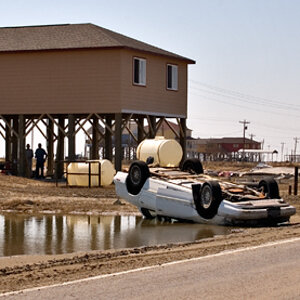
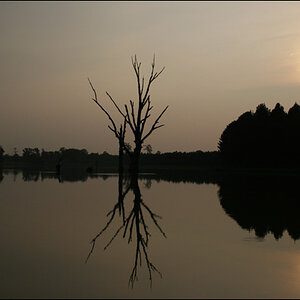
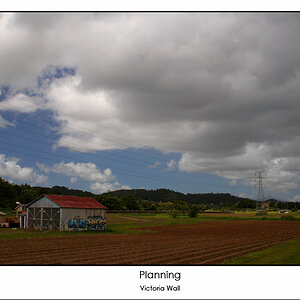
![[No title]](/data/xfmg/thumbnail/38/38735-2245cc1b04db3f96fa74095ae14558a6.jpg?1619738703)
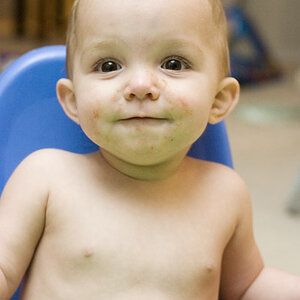
![[No title]](/data/xfmg/thumbnail/35/35878-753a9d58c095f0e1aaa96d03c025f6ce.jpg?1619737205)



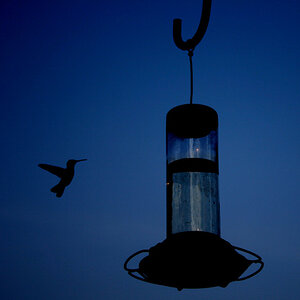

![[No title]](/data/xfmg/thumbnail/30/30883-04222f7ae234efdf80dff6f96ddad16f.jpg?1619734495)